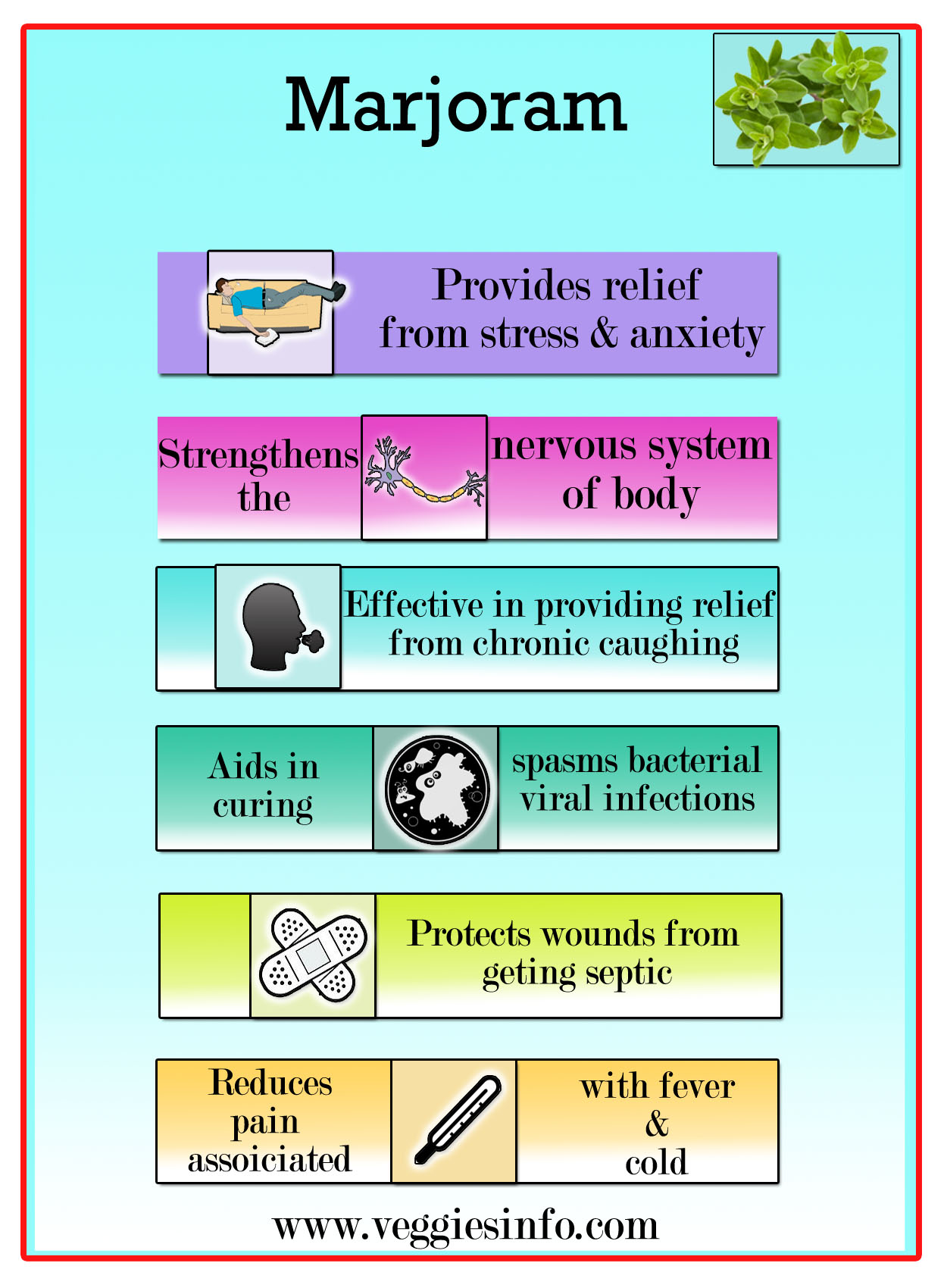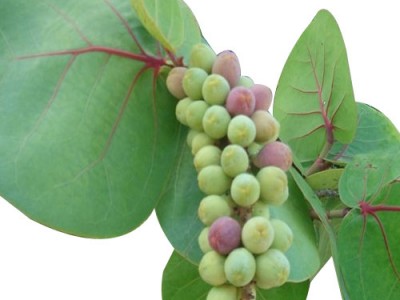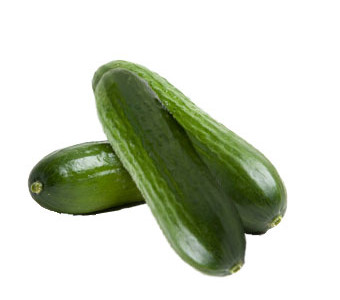
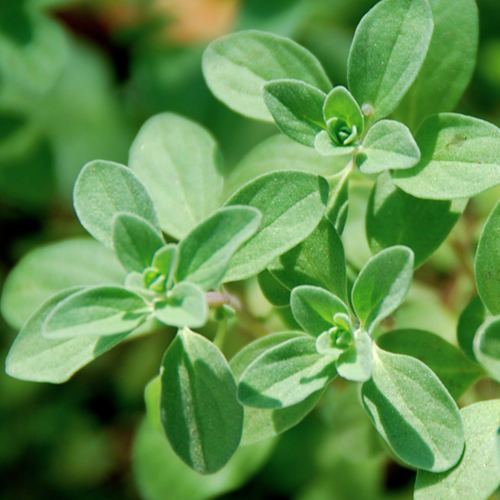
Marjoram Unbeatable Health Benefits
Marjoram Unbeatable Health Benefits
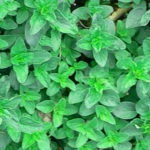
Plants and trees are considered as important species since they help both earth and other living beings. Flower plants are generally grown as ornamental both in the residence and commercial establishments to improve the living space.
It is important to note that flowers not only emit rich aromatic fragrance but also have edible petals. Some of the exotic flowers that are used for edible purposes are calendula, carnations, clover, dandelions and chrysanthemums.
This topic will deal with a plant named Marjoram. The botanical name of this plant is Origanum majorana. This plant has also other botanical names such as Majorana hortensis Moench, Majorana majorana, sweet marjoram and knotted marjoram.
Growth And Cultivation
Origanum majorana is a cold-sensitive perennial plant or under-shrub which has citrus and pine like flavors. This plant is very famous in Middle Eastern countries where they call it as sweet marjoram and knotted marjoram.
This plant was known to the Greeks and Romans as a symbol of happiness and is indigenous to Cyprus and southern Turkey.
The ovate to oblong- ovate petiole smooth leaves are 0.5 – 1.5 cm long and 0.8 cm wide, with tapering base. The smooth texture is derived due to numerous hairs. Marjoram is cultivated for its aromatic leaves for culinary purpose.
The dry two-parted fruit measures 4-7 mm long and matured during autumn season. This plant is native to Europe and southwestern Asia.The color of the essential oil derived after steam-distillation is yellowish darkening to brown as it ages.
Marjoram Origin
The chemical components found in this plant are borneol, camphor, and pinene. This aromatic plant which belongs to mint family originated in Egypt and Arabia. It is generally referred as Oregano. This wonderful plant is found in the Mediterranean region or grown in many gardens around the world.
| Principle | Nutrient Value | Percentage of RDA |
|---|---|---|
| Energy | 271 Kcal | 13.50% |
| Carbohydrates | 60.56 g | 46.50% |
| Protein | 12.66 g | 22% |
| Total Fat | 7.04 g | 23% |
| Cholesterol | 0 mg | 0% |
| Dietary Fiber | 40.3 g | 106% |
| Vitamins | ||
| Folates | 274 µg | 68.50% |
| Niacin | 0.902 mg | 25.75% |
| Pantothenic acid | 0.209 mg | 4% |
| Pyridoxine | 1.190 mg | 91.50% |
| Riboflavin | 0.316 mg | 24% |
| Thiamin | 0.289 mg | 24% |
| Vitamin A | 8068 IU | 269% |
| Vitamin C | 51.4 mg | 86% |
| Vitamin E | 1.69 mg | 11% |
| Vitamin K | 621.7 µg | 518% |
| Electrolytes | ||
| Sodium | 77 mg | 5% |
| Potassium | 1522 mg | 32% |
| Minerals | ||
| Calcium | 1990 mg | 200% |
| Copper | 1.133 mg | 126% |
| Iron | 82.71 mg | 1034% |
| Magnesium | 346 mg | 86.50% |
| Manganese | 5.433 mg | 236% |
| Zinc | 3.60 mg | 33% |
| Phyto-nutrients | ||
| Carotene-ß | 4806 µg | — |
| Cryptoxanthin-ß | 70 µg | — |
| Lutein-zeaxanthin | 1895 µg | — |
Health Benefits of Marjoram
- The leaves are used as an ingredient in soups, sauces, salads and in meat dishes.
- It is also used in cosmetic products such as skin cream, body lotions, shaving gel and bath soaps.
- This plant has lots of medicinal uses and health benefits.
- The extracts are classic addition to a healthy diet.
- The plant has rich antioxidants, vitamins and other nutrients.
- It is used for improving digestion and appetite, relieving nausea and constipation, and works wonderfully as an anti-flatulence.
- Marjoram tea is very famous and it improves digestion wonderfully. It is also used as antiseptic, antibacterial, anti fungal and antiviral agent.
- It is also used for curing malaria, influenza, typhoid and other such severe fever.
- It lowers blood pressure, improves cardiovascular function, reduces bad cholesterol improves the functions of the arteries and improves asthma.
Medicinal Facts
It has a variety of physiological and neurological benefits. Just add two teaspoons of marjoram in a cup of water and boil the mixture of several minutes. Drink the two cups daily and watch the magic happening in the body. The essential oil may be rubbed on the skin to relieve cramps, sprains, dental problems and other ailments.

